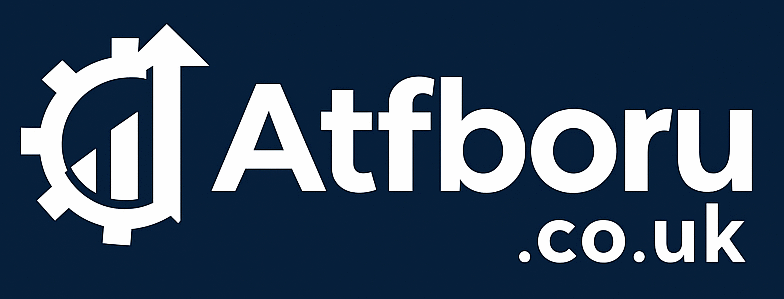VMware vRealize Infrastructure Navigator (VIN) comes in. This tool enhances the intelligence level of your vSphere environment by discovering applications and their dependencies at a much higher level of granularity, or application layer, through automation. It may be difficult to manage virtualized systems, particularly when applications operate in several different virtual environments. More advanced management and a reduction in unscheduled downtime are made possible by this visibility.
What is vRealize Infrastructure Navigator?
vRealize Infrastructure Navigator (VIN) is a plugin of vRealize Operations Manager that provides application and component discovery in virtualized environments. It’s built to deliver automation, operations, and governance across data centers, private clouds, and public cloud services.vCenter Infrastructure Navigator is doing its magic right away. VIN will discover applications running in your virtual machines and display which other virtual machines/applications are connected.
Key points of VIN
- It maps dependencies among various components.
- Transition to Service Discovery Management Pack.
- Test replacements in a sandbox environment.
- Integrated into vCenter
What is VMware cloud infrastructure?
VMware cloud infrastructure is a collection of technologies that enables businesses to use VMware’s virtualization stack to create and run private, hybrid, or public clouds. It creates a flexible and effective infrastructure by pooling networking, storage, and computing resources through virtualization.
Key points
- Virtualized storage for high-performance, scalable storage infrastructure is known as vSAN.
- Workloads may easily transition between on-premises and public cloud environments thanks to support for hybrid and multi-cloud.
- vRealize Suite automation, operations, and visibility across your cloud stack
How vRealize Infrastructure Navigator works
vRealize Infrastructure Navigator can be used gentle approach to scan the virtualized network traffic port:
- Port 1433 → Microsoft SQL Server.
- A web server is detected by traffic on port 80 or 443.
- Port 80/443 → Web Servers.
When VIN discovers these applications, it generates a dependency map that describes how VMs interact with each other.VIN generated dependency maps showing interactions between web servers, application servers, and databases, including the ports used for communication. For example, a standard style map might represent a web server VM connecting to an application server VM, which then connects to a database VM, with ports shown for each connection.
The top benefits of vRealize Infrastructure Navigator(VIN)
VIN the several benefits of managing a virtual environment:
- Minimized risks: Understand impacts of maintenance/migrations.
- Security and Governance: The VIN is supported by security audit services, including audits of open ports and unapproved applications, to secure the network.
- Situational awareness: Insight into what is active/passive and the location.
- Disaster Recovery Optimisation: VIN offers highly application-aware disaster recovery planning.
- Quicker troubleshooting: Trace issues across infrastructure and apps.
- High-demand programs: receive the necessary CPU, RAM, and storage thanks to allocation.
- Improved Change Management: Prevents unscheduled outages during migrations.
Limitations of vRealize Infrastructure Navigator(VIN)
- No Support for Cloud-Native: Incompatible with serverless and Kubernetes.
- Restricted Modern Support: Cloud-native technologies like Kubernetes, microservices, and hybrid/multi-cloud architectures were not fully integrated with VIN.
- Flex-based client deprecated: Dependency on vSphere Web Client.
- Shallow Application Awareness: VIN mainly identifies dependencies through network traffic and port mapping, but lacks deep application-level discovery.
- End of Support: EOSL in September 2017.
- Static Visualization: Basic, non-dynamic maps.
- Scalability Issues – Performance and accuracy may decrease in very large or complex environments.
Conclusion
vRealize Infrastructure Navigator (VIN) is a plugin of vRealize Operations Manager that provides application and component discovery in virtualized environments.. However, with its deprecation and lack of modern features, IT teams should now transition to next-generation solutions for improved scalability, security, and multi-cloud visibility.. Its integration with vRealize Operations and vCenter made it suitable for change management and compliance.
Google Block Breaker: Google’s Hidden Arcade Game Explained
FAQs
What is VIN?
vRealize Infrastructure Navigator (VIN) is a plugin of vRealize Operations Manager that provides application and component discovery in virtualized environments.
Can VIN identify custom-built apps?
VIN detects enterprise apps well but struggles with custom/cloud-native ones.
Can I still download VIN 5.8.7?
Not from VMware’s official channels—only archived copies exist.
What is the cost of vRealize Infrastructure Navigator?
VIN required a license, typically bundled with vRealize Operations Advanced or vCloud Suite. Now, as a deprecated tool, it’s no longer available for purchase; consider exploring cost-effective options, such as SolarWinds VMAN.
Are there VMware-native alternatives to VIN?
Yes. VMware Aria Operations for Applications is the official successor.

